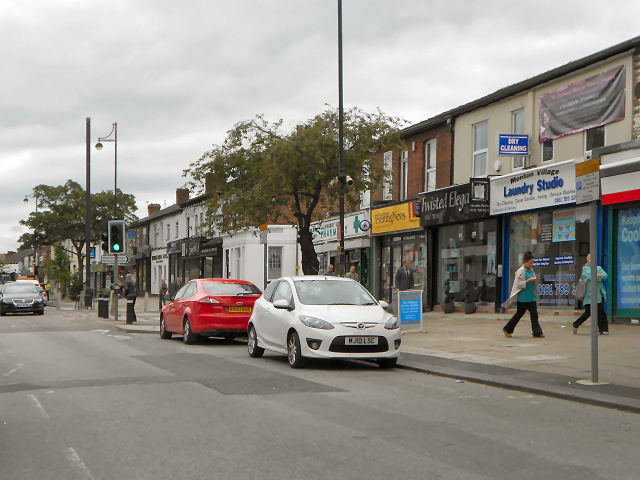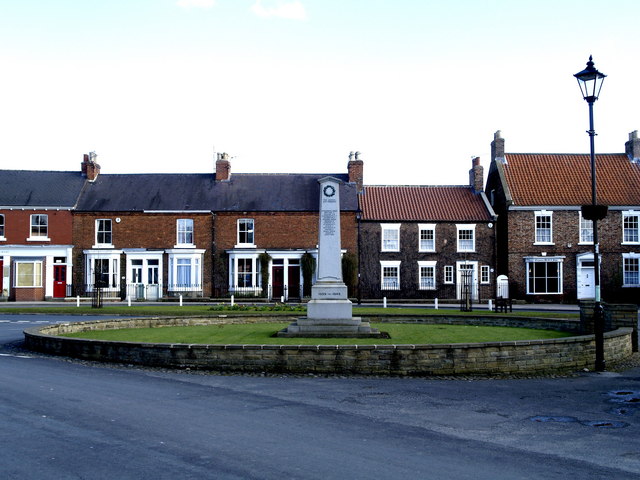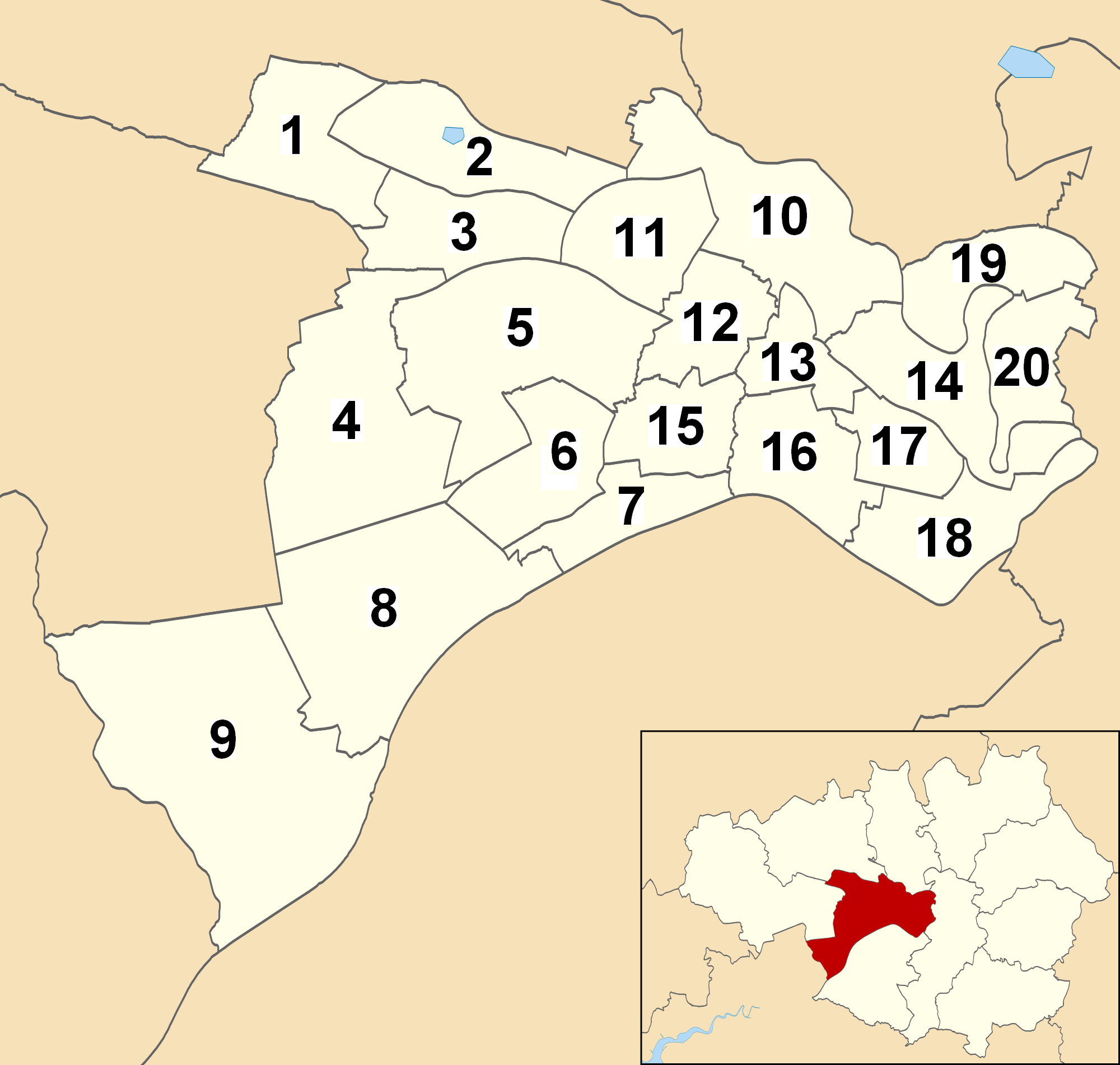|
Monton Green Railway Station
Monton Green railway station is a closed station in Eccles. Opened on 1 November 1887, Monton Green was the first station on the London and North Western Railway's Manchester and Wigan Railway, which connected Eccles with Wigan and the Tyldesley Loopline which connected Tyldesley, Leigh and Kenyon Junction. Other stations on the line were located at Worsley and Ellenbrook. The station was built on an embankment at the road junctions of Canal Bank and Parrin Lane in Monton. The Tyldesley Loopline was earmarked for closure in the Beeching Report, and Monton Green closed on 5 May 1969, along with the rest of the line. Since closure, the embankment spanning Monton Green has been demolished. However, the embankment running parallel to the Bridgewater Canal has been preserved as part of Salford City Council Salford City Council is the local authority of the City of Salford in Greater Manchester, England. It is a metropolitan borough council, one of ten in Greater Manchester ... [...More Info...] [...Related Items...] OR: [Wikipedia] [Google] [Baidu] |
Monton
Monton is a suburb of Eccles, Greater Manchester, England, in the metropolitan borough of the City of Salford. Geography and administration Historically in Lancashire, Monton was administered by the municipal borough of Eccles until its abolition in 1974. The name Monton is of Saxon origin. A conservation area includes Monton Green; the Unitarian Church and a former school with caretaker's house; a lodge, built in 1875 to the Earl of Ellesmere's former estate, and a club-house with bowling green. The Green, once used as common land, is now formally laid out as gardens and lawns. Community The community is represented by the Monton Village Community Association, originally named the Monton Traders' Association, it was renamed to include both residents and traders. The association has a gardening group that maintains the flowerbeds and greens on a voluntary basis. The association organises an annual themed festival on the first Saturday of July each year and a parallel music fest ... [...More Info...] [...Related Items...] OR: [Wikipedia] [Google] [Baidu] |
Worsley Railway Station
Worsley railway station was opened in 1864 to serve the town of Worsley in Greater Manchester. The Tyldesley Loopline closed in 1969 as a result of the Beeching Axe. History Worsley Station opened on 1 September 1864 at the same time as other stations on the Manchester and Wigan Railway line. Local colliery owners including the Earl of Ellesmere Earl of Ellesmere ( ), of Ellesmere in the County of Shropshire, is a title in the Peerage of the United Kingdom. It was created in 1846 for the Conservative politician Lord Francis Egerton. He was granted the subsidiary title of Viscount Br ... were among its supporters. The station was built of white brick with details in red and black brick. The station had two first class and two second class waiting rooms and a booking office. It had a glass canopy and the platforms were 100 yards in length. The former track bed is now part of a footpath and the station platforms still survive. References Notes Bibliography * * ... [...More Info...] [...Related Items...] OR: [Wikipedia] [Google] [Baidu] |
Railway Stations In Great Britain Opened In 1887
Rail transport (also known as train transport) is a means of transport that transfers passengers and goods on wheeled vehicles running on rails, which are incorporated in tracks. In contrast to road transport, where the vehicles run on a prepared flat surface, rail vehicles (rolling stock) are directionally guided by the tracks on which they run. Tracks usually consist of steel rails, installed on sleepers (ties) set in ballast, on which the rolling stock, usually fitted with metal wheels, moves. Other variations are also possible, such as "slab track", in which the rails are fastened to a concrete foundation resting on a prepared subsurface. Rolling stock in a rail transport system generally encounters lower frictional resistance than rubber-tyred road vehicles, so passenger and freight cars (carriages and wagons) can be coupled into longer trains. The operation is carried out by a railway company, providing transport between train stations or freight customer facilit ... [...More Info...] [...Related Items...] OR: [Wikipedia] [Google] [Baidu] |
Beeching Closures In England
Beeching is an English surname. Either a derivative of the old English ''bece'', ''bæce'' "stream", hence "dweller by the stream" or of the old English ''bece'' "beech-tree" hence "dweller by the beech tree".''Oxford Dictionary of English Surnames'', Reaney & Wilson, Oxford University Press 2005 People called Beeching include:- * Henry Charles Beeching (1859–1919) clergyman, author and poet * Jack Beeching (John Charles Stuart Beeching) (1922–2001), British poet * Richard Beeching (1913–1985), chairman of British Railways * Thomas Beeching (1900–1971), English soldier and cricketer * Vicky Beeching (Victoria Louise Beeching) (born 1979), British-born Christian singer See also * Beeching Axe The Beeching cuts (also Beeching Axe) was a plan to increase the efficiency of the nationalised railway system in Great Britain. The plan was outlined in two reports: ''The Reshaping of British Railways'' (1963) and ''The Development of the ..., informal name for th ... [...More Info...] [...Related Items...] OR: [Wikipedia] [Google] [Baidu] |
Former London And North Western Railway Stations
A former is an object, such as a template, gauge or cutting die, which is used to form something such as a boat's hull. Typically, a former gives shape to a structure that may have complex curvature. A former may become an integral part of the finished structure, as in an aircraft fuselage, or it may be removable, being using in the construction process and then discarded or re-used. Aircraft formers Formers are used in the construction of aircraft fuselage, of which a typical fuselage has a series from the nose to the empennage, typically perpendicular to the longitudinal axis of the aircraft. The primary purpose of formers is to establish the shape of the fuselage and reduce the column length of stringers to prevent instability. Formers are typically attached to longerons, which support the skin of the aircraft. The "former-and-longeron" technique (also called stations and stringers) was adopted from boat construction, and was typical of light aircraft built until the ad ... [...More Info...] [...Related Items...] OR: [Wikipedia] [Google] [Baidu] |
Easingwold
Easingwold is a market town, electoral ward and civil parish in the Hambleton District in North Yorkshire, England. Historically, part of the North Riding of Yorkshire, it had a population of 4,233 at the 2001 census, increasing to 4,627 at the 2011 Census. It is located about north of York, at the foot of the Howardian Hills. History The town is mentioned in the Domesday Book of 1086 as "Eisicewalt" in the Bulford hundred. At the time of the Norman conquest, the manor was owned by Earl Morcar, but subsequently passed to the King. In 1265 the manor was passed to Edmund Crouchback by his father, Henry III. The manor was caught up in the dispute between the 2nd Earl of Lancaster and Edward I and the manor passed back to the crown following the Battle of Boroughbridge in 1322 which resulted in the execution of the Earl at Pontefract. The manor was restored to the Earl's brother some six years later, but he left no male heir, so the lands passed to his son-in-law, John of Gaunt ... [...More Info...] [...Related Items...] OR: [Wikipedia] [Google] [Baidu] |
Monton Green Railway Station
Monton Green railway station is a closed station in Eccles. Opened on 1 November 1887, Monton Green was the first station on the London and North Western Railway's Manchester and Wigan Railway, which connected Eccles with Wigan and the Tyldesley Loopline which connected Tyldesley, Leigh and Kenyon Junction. Other stations on the line were located at Worsley and Ellenbrook. The station was built on an embankment at the road junctions of Canal Bank and Parrin Lane in Monton. The Tyldesley Loopline was earmarked for closure in the Beeching Report, and Monton Green closed on 5 May 1969, along with the rest of the line. Since closure, the embankment spanning Monton Green has been demolished. However, the embankment running parallel to the Bridgewater Canal has been preserved as part of Salford City Council Salford City Council is the local authority of the City of Salford in Greater Manchester, England. It is a metropolitan borough council, one of ten in Greater Manchester ... [...More Info...] [...Related Items...] OR: [Wikipedia] [Google] [Baidu] |
Salford City Council
Salford City Council is the local authority of the City of Salford in Greater Manchester, England. It is a metropolitan borough council, one of ten in Greater Manchester and one of 36 in the metropolitan counties of England, and provides the majority of local government services in Salford. It is a constituent council of the Greater Manchester Combined Authority. The directly elected mayor is Paul Dennett and the civic mayor for 2021-2022 is John Mullen. The council is based at Salford Civic Centre with additional offices in Eccles. Some services, including property, highways and infrastructure, planning and building control were provided by Urban Vision, a public-private partnership formed in 2005 between SCC, Capita and Galliford Try. Services returned to the council after the contract with Urban Vision finished on 31 January 2020. Political composition Since 1973 political control of the council has been held by the Labour Party. Wards & councillors Each ward is ... [...More Info...] [...Related Items...] OR: [Wikipedia] [Google] [Baidu] |
Bridgewater Canal
The Bridgewater Canal connects Runcorn, Manchester and Leigh, Greater Manchester, Leigh, in North West England. It was commissioned by Francis Egerton, 3rd Duke of Bridgewater, to transport coal from his mines in Worsley to Manchester. It was opened in 1761 from Worsley to Manchester, and later extended from Manchester to Runcorn, and then from Worsley to Leigh. The canal is connected to the Manchester Ship Canal via a lock at Cornbrook; to the Rochdale Canal in Manchester; to the Trent and Mersey Canal at Preston Brook, southeast of Runcorn; and to the Leeds and Liverpool Canal at Leigh. It once connected with the River Mersey at Runcorn but has since been cut off by a slip road to the Silver Jubilee Bridge. Following the re-routing of roads to the Silver Jubilee Bridge, the Runcorn Locks Restoration Society campaigns to reinstate the flight of locks. The Bridgewater canal is described as the first great achievement of the canal age, although the Sankey Canal opened earlier. ... [...More Info...] [...Related Items...] OR: [Wikipedia] [Google] [Baidu] |
Beeching Report
Beeching is an English surname. Either a derivative of the old English ''bece'', ''bæce'' "stream", hence "dweller by the stream" or of the old English ''bece'' "beech-tree" hence "dweller by the beech tree".''Oxford Dictionary of English Surnames'', Reaney & Wilson, Oxford University Press 2005 People called Beeching include:- * Henry Charles Beeching (1859–1919) clergyman, author and poet * Jack Beeching (John Charles Stuart Beeching) (1922–2001), British poet * Richard Beeching (1913–1985), chairman of British Railways * Thomas Beeching (1900–1971), English soldier and cricketer * Vicky Beeching (Victoria Louise Beeching) (born 1979), British-born Christian singer See also * Beeching Axe The Beeching cuts (also Beeching Axe) was a plan to increase the efficiency of the nationalised railway system in Great Britain. The plan was outlined in two reports: ''The Reshaping of British Railways'' (1963) and ''The Development of the ..., informal name for th ... [...More Info...] [...Related Items...] OR: [Wikipedia] [Google] [Baidu] |
Embankment (transportation)
A road, railway line, or canal is normally raised onto an embankment made of compacted soil (typically clay or rock-based) to avoid a change in level required by the terrain, the alternatives being either to have an unacceptable change in level or detour to follow a contour. A cutting is used for the same purpose where the land is originally higher than required. Materials Embankments are often constructed using material obtained from a cutting. Embankments need to be constructed using non-aerated and waterproofed, compacted (or entirely non-porous) material to provide adequate support to the formation and a long-term level surface with stability. An example material for road embankment building is sand-bentonite mixture often used as a protective to protect underground utility cables and pipelines. Intersection of embankments To intersect an embankment without a high flyover, a series of tunnels can consist of a section of high tensile strength viaduct (typically built of ... [...More Info...] [...Related Items...] OR: [Wikipedia] [Google] [Baidu] |






.png)